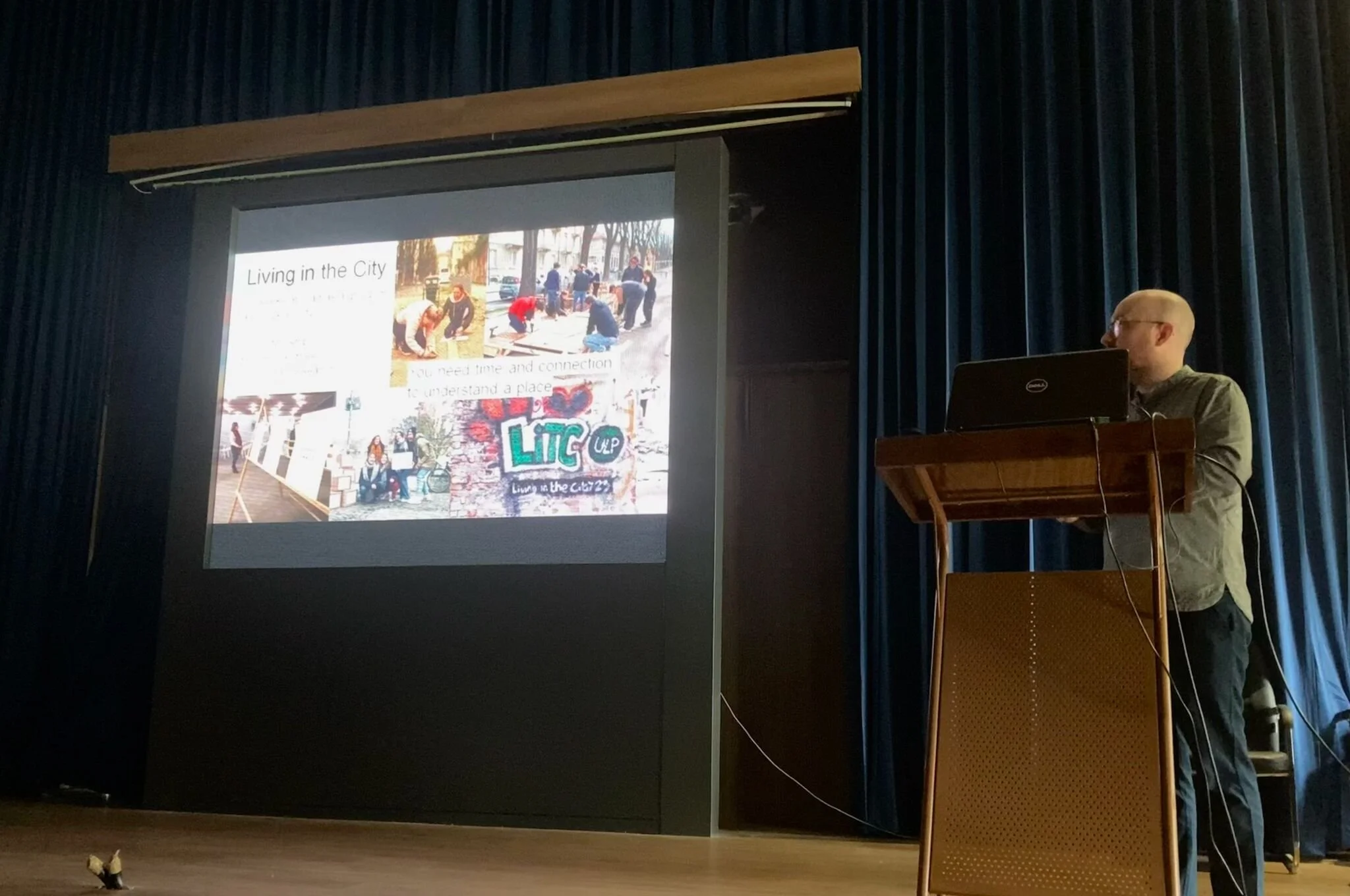Guest Lecture at the University of Mysore, India
In July 2024, I had the honour of delivering a guest lecture at the School of Planning and Architecture, University of Mysore, located in the beautiful and culturally rich city of Mysuru, India. The invitation came from Srikanth K S, whose generous hospitality and enthusiasm for cross-cultural academic exchange made this opportunity especially meaningful.
For the lecture, I chose to speak about how placemaking is integrated into education in the Netherlands, how it is not only a method for rethinking public space but also a tool for participatory learning and community engagement. In preparing the presentation, I wanted to ensure it would resonate with the local context, so I was fortunate to have the support of Dhanya Rajagopal, who helped me identify examples of placemaking that could connect meaningfully with the students and faculty in Mysuru. Her insight was invaluable in bridging our different contexts and perspectives.
Before the session, I was given a tour of some of the recent student projects at the school. I was truly impressed by both the ambition and quality of the work. The depth of analysis and sensitivity to context, particularly in studies focusing on life and architecture in local villages, was remarkable. These projects demonstrated not only academic rigor but a strong commitment to understanding local cultures, materials, and human behavior in space. It is clear that the students are not only well-trained but deeply thoughtful in their approach to architecture and planning. The emphasis on community and rural contexts in their curriculum struck a strong chord with me, given the importance of inclusivity and local identity in placemaking practices.
During the lecture itself, I had the pleasure of meeting several inspiring individuals, including Dr. Zahra Bathool, Ashwin Suresh, and Pramod Gawari. Their warm welcome and insightful contributions added richness to the conversation, and I left feeling energized by the potential for future collaboration. The exchange of ideas between institutions in different parts of the world always brings new perspectives, and this visit was no exception. There was a genuine curiosity and openness in the room, a shared eagerness to learn from each other’s practices and explore new ways to make public spaces more inclusive, dynamic, and community-driven.
Looking ahead, I sincerely hope we can find opportunities to work together on joint projects, whether through research, design studios, or cultural exchanges. The connections made during this visit were not only professionally inspiring but personally enriching. It was a privilege to engage with such talented students and faculty, and I look forward to seeing where these conversations might lead.


